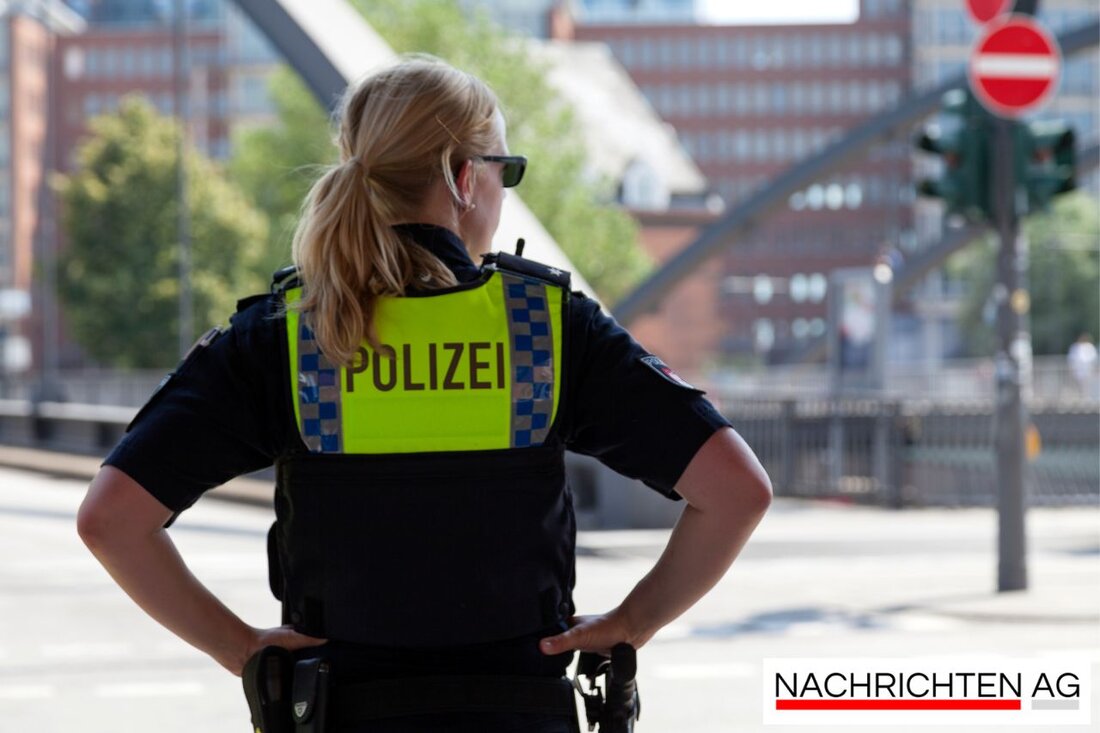Munich: When the hostage crisis put the city in fear – a look back!
Find out the dramatic events of the bank robbery in Munich in 1971: hostage taking, demands and the police in action.

Munich: When the hostage crisis put the city in fear – a look back!
What drove two men to rob a bank and take hostages? On August 4, 1971, something happened at the Deutsche Bank on Prinzregentenstrasse in Munich that would shape German criminal history. ZDF's documentary about the events, which are considered interesting and frightening, highlighted the devastating and intense moments of the attack. [ZDF] reports that the bank's employees were already preparing for the end of the day in the afternoon. Cashier Ludwig Kelnhofer wanted to leave early because of his son's doctor's appointment when the situation turned unfortunate.
The two masked perpetrators, Dimitri Todorov, born in Graz in 1947, and Hans Georg Rammelmayr, marched into the bank during peak activity, armed with submachine guns. Unbeknownst to the circumstances, they took a total of six hostages: five women and the cashier. The robbers' demands were clear and bold - they demanded two million marks and a fast getaway vehicle.
Panic and unpreparedness
The police in Munich were anything but well prepared for this dangerous situation. Improvised operations centers and communication breakdowns further complicated the situation. The pressure on the police grew as around 5,000 nearby spectators watched the spectacle with tremendous interest, while some of them relaxed and consumed champagne from a delicatessen.
As ZDF describes, the mood in the bank was a rollercoaster of emotions: hostages were given champagne to calm them down, while unknown currents of fear and hope dominated the atmosphere. The power struggle between police and prosecutors clashed openly as negotiations stalled. Under the pressure of time, a dramatic turning point occurred shortly before midnight.
The tragic outcome
After long and difficult negotiations, the requested sum and the getaway vehicle finally came into play around 11 p.m. The first hostages were able to leave the bank, but the situation quickly escalated. Rammelmayr and a hostage were leaving the bank when police opened fire. While Rammelmayr was fatally injured, the hostage Ingrid Reppel also succumbed to her injuries despite emergency medical surgery.
Dimitri Todorov acted in a chaotic melee. While the police opened arrowhead on the getaway vehicle, Todorov revised his tactics and stayed in the bank with the remaining hostages. He was ultimately pinned under a desk and caught. The attack was broadcast live on television, which greatly increased public attention. Well-known personalities such as Franz Josef Strauß and Interior State Secretary Erich Kiesl watched the event from a restaurant.
The frightening events led to fundamental changes in police work. The introduction of the special operations commandos (SEK) was one of the consequences that responded to the new challenges. Todorov was ultimately sentenced to life in prison for extortion, five counts of attempted murder and false imprisonment. He spent 22 years in prison before being released early, leaving a gruesome mark on German criminal history.
For many, the 1971 attack remains a reminder of vulnerability in a seemingly safe world. [Wikipedia] highlights that such events have fundamentally overhauled the way police deal with hostage situations in order to be better prepared and avoid worse things in the future.

 Suche
Suche
 Mein Konto
Mein Konto